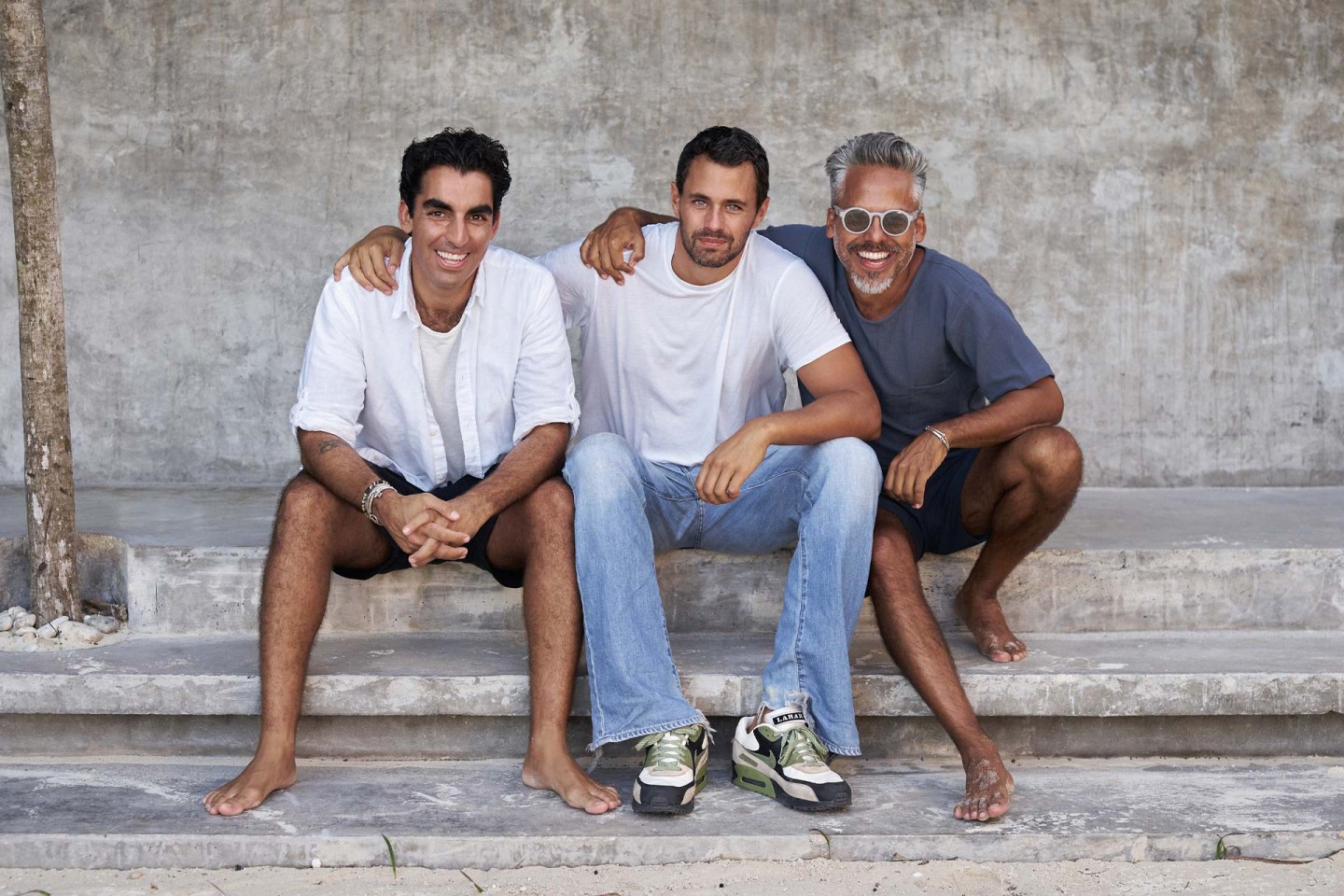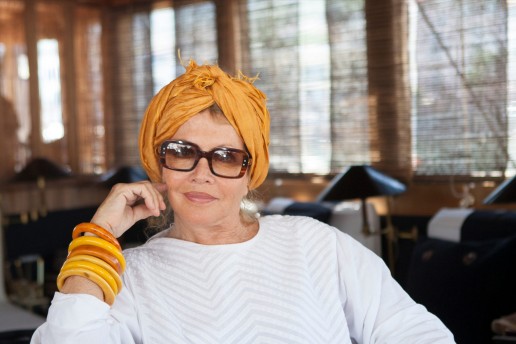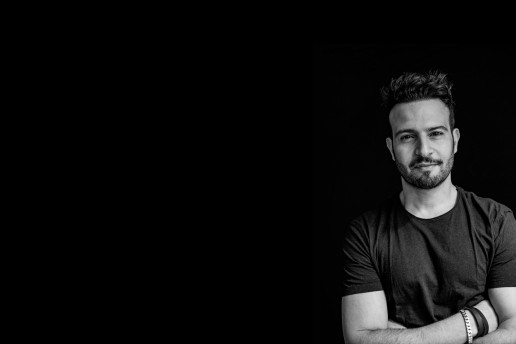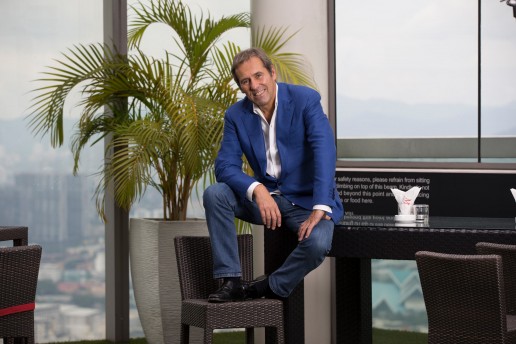Following the opening of its first hotel outside of the Americas, Sleeper sits down with the founders of experience-led hospitality group Habitas to talk music, manifestos and missions.
“We owe it to the music,” says Kfir Levy of Habitas, a hospitality business he co-founded in 2014 with Eduardo Castillo and Oliver Ripley, his two “brothers” as he calls them. Castillo goes further: “Music is quite literally the driving force of everything we do. It’s the ultimate connector.”
They talk a lot about connecting at Habitas. About like-mindedness. About inspiration and inspiring environments. About immersive experiences. Alternative experiences. Values. Habitas is not your standard hotel business. It has a manifesto and mission “to change people’s lives in a positive and lasting way, by creating deeper human connections”.
These ideals attracted much interest, including that of the foresighted Claus Sendlinger, who in 2016 invited them to join Arena*, the annual members conference of Design Hotels. It says much of Sendlinger’s openness that not only did he invite a direct competitor to his Papaya Playa Project – opened in Tulum in 2011 – to tell their story, but for them to curate a couple of weeks of programming at another of his initiatives, La Granja in Ibiza. Habitas can be seen in a similar vein to Sendlinger’s latest venture, Slow, which he describes as a collective of people, places and projects that reframe the way we live.
By 2018, Habitas were winning awards, notably for best New Concept at AHEAD Americas. They build destinations around community engagement using the bonds of music, clearly, but also culture, conversation, learning, wellbeing and cuisine to deliver memorable guest experiences – a key marker for success in the AHEAD programme.
What started out as curated, pop-up, music-led events have morphed into the bricks and mortar of the two hotels – or homes as they are called – one in Tulum on the Yucatán Peninsula of Mexico and one in Namibia. The pipeline has three more under construction in similarly extraordinary locations, all feeding in to a brand that descibes itself as a global hospitality group created by a diverse community of people seeking human connection, authentic experiences and a better future together.
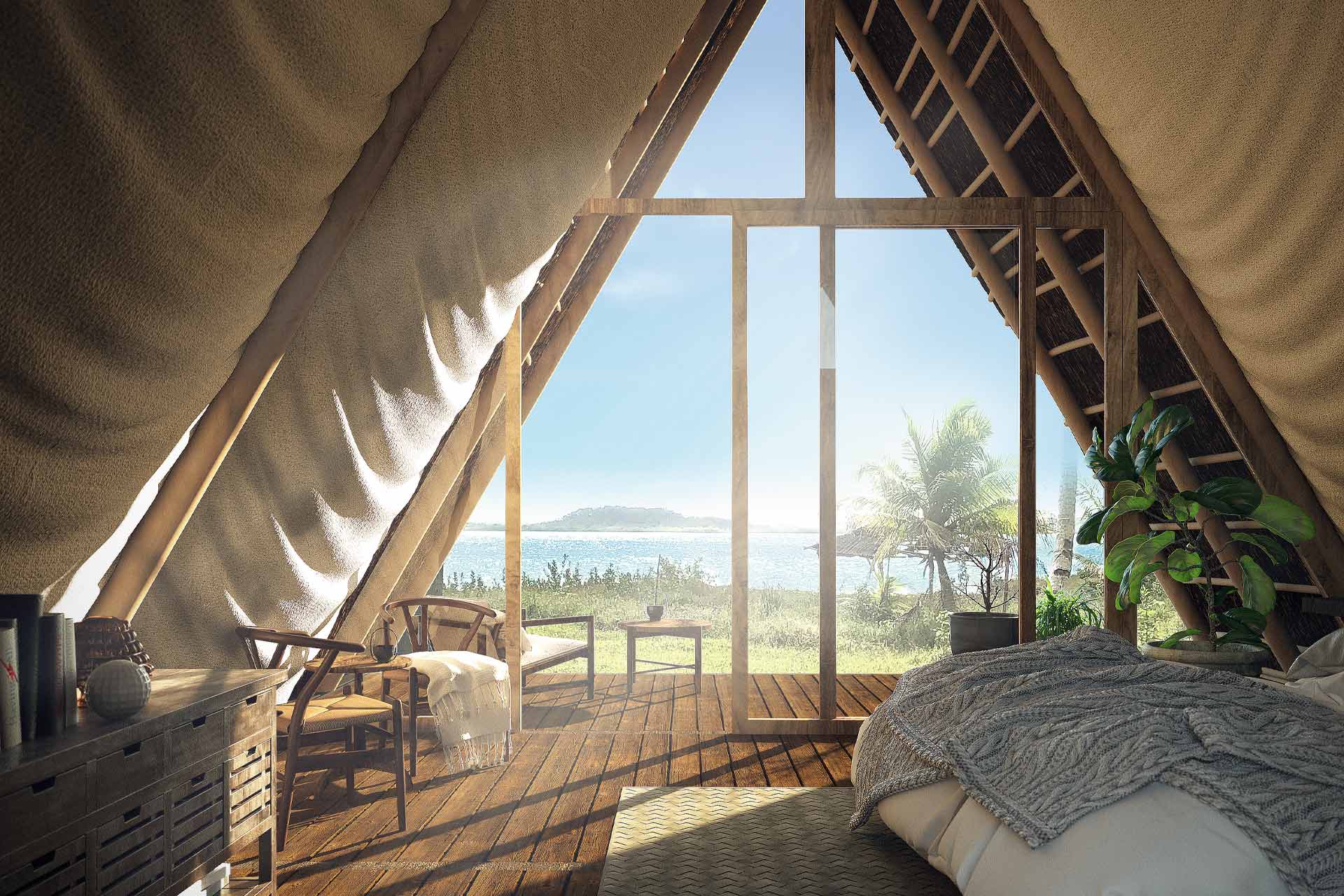
“We differ from other hospitality brands as we are fully vertically integrated, meaning we design, manufacture, develop and operate.” – Oliver Ripley
Though there’s not so much in the way of bricks and mortar, there are several more hotels in planning, and Habitas is less about the physical and more about the experiential. The design of the venues within which those experiences will occur is, of course, important. A careful blend of privacy and exquisite communal spaces. The homes have an authentic simplicity, which together with a remoteness engenders both a close connection to nature and sense of community. Combined, these create a much coveted “prize” for guests and owners alike. The Covid-era has been tough for all hospitality businesses, but the Tulum property was nevertheless very busy across the summer of 2020 during a time of lessened travel restrictions. The Namibian property opened just as serious lockdowns took place and so has yet to operate at full capacity.
The venture’s three partners can be classified as Ripley, the entrepreneur; Levy, the design guy and Castillo, the creative programmer. Of course, there is more to it than that. Castillo has a strong musical background, ran a live music venue in LA and also has hotel operations experience having opened the Tribeca Grand in New York. Levy studied art and design, going on to successfully run e-commerce and fashion businesses alongside ad hoc events. Ripley, educated at Eton and Oxford University, is a serial entrepreneur having started and exited several companies in tech and real estate. An unlikely combination perhaps, but as Castillo describes, “we share the deep values that shape Habitas and that’s the foundation of everything”. Levy underscores this during his #Sleeper2020 podcast, recalling his first meeting with Castillo: “We spent time talking not about what we wanted to create, but about our values and how we wanted to live our lives.”
The two ran the events for which they would design and manufacture all their infrastructure, which was transported in containers to host 200-person, 3-7 day experiences. The infrastructure was that of a pop-up hotel and included full back-of-house, accommodation, F&B and lounges. The events were built around these pop-up hotels. Their success went viral and this is how they met Ripley, who after some time suggested they partner together to explore how they could meet the clear need of their audience for intangible experiences.
A pivotal moment came in 2015, when the group were invited to stage one of their events to mark the opening of Nômade Tulum. They had become friendly with Nômade’s owner at a Burning Man event. As the 120 invited guests were checking-in, the paint was still drying on the walls and ceiling fans were still been installed. Putting this chaos to one side, Levy describes a stormy evening with high winds and lightning that created the dramatic backdrop for a night of music and dancing. “Everyone was so hyperpresent,” describes Levy. The ensuing “bliss” overwhelmed the logistical shortcoming and “validated what we were doing, but we were also stepping into a new realm”.
The new realm saw a full pop-up on an acre of beachfront in Tulum that was to run, not just for the usual short interval, but rather for the whole of the 2016 season. With the help of a local construction crew, the pop-up was under way. As things progressed, it was decided to add a lobby, pool and wellness centre. All of these additions took place without any change to the four-month timeline – the season waits for no-one. “We started out building a camp for a season and ended up with a full 35-room hotel,” explains Levy of the tented rooms on elevated platforms, thatched with palapa, dried palm fronds. Canvas walls they may have, but the rooms are also large enough for king-size beds with all the amenities. The comfortably raw interiors have strong textures. This is barefoot luxury, not the Bottega Veneta sort.
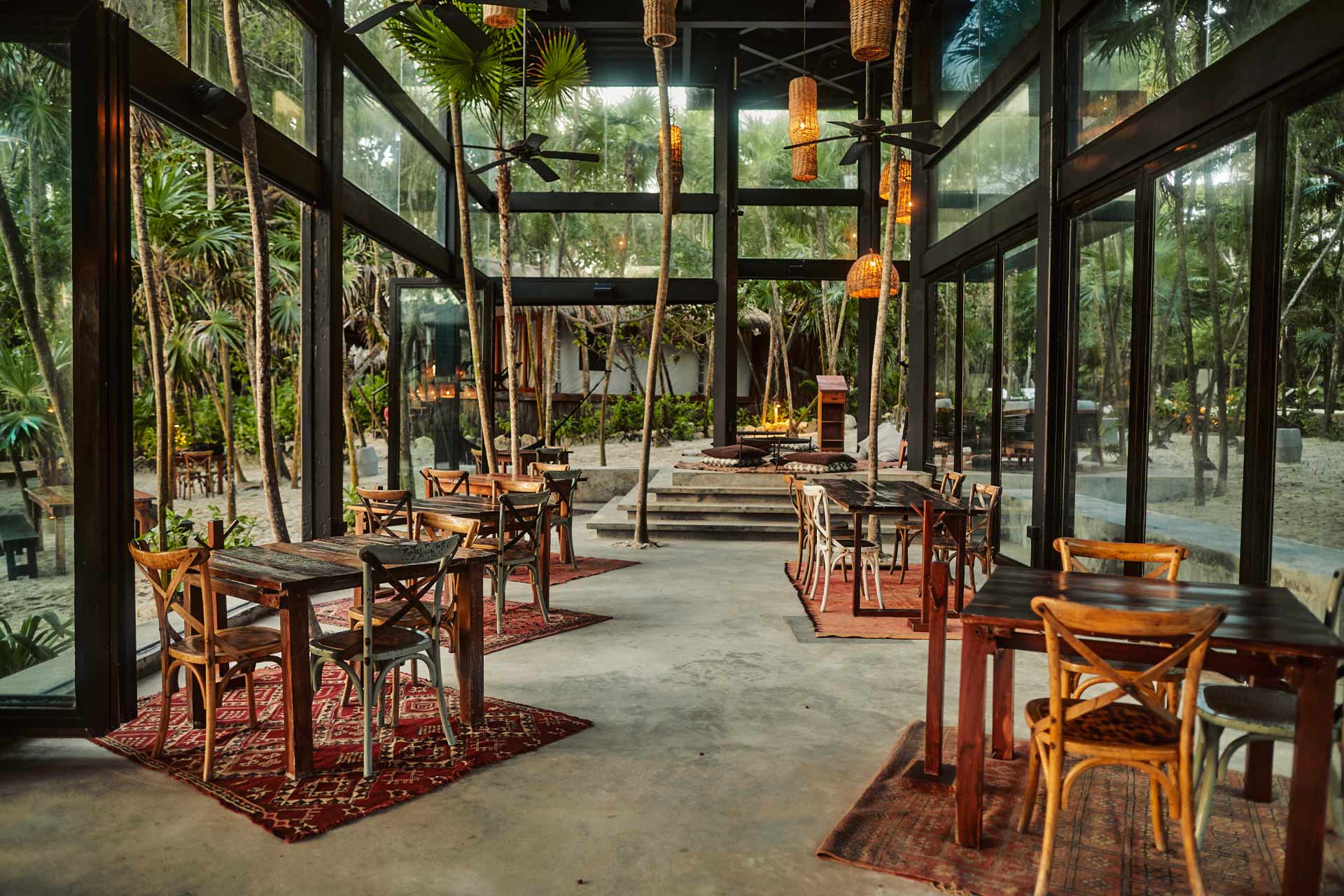
“Music is quite literally the driving force of everything we do. It’s the ultimate connector.” – Eduardo Castillo
The flexibility to alter the building plan is also indicative of the unusual Habitas approach. The no bricks and mortar idea enables this. “When we opened our first hotel, we had no idea what to expect and this was key because we did things differently to a traditional hotelier,” explains Ripley. The Habitas model is unusual in many ways including its structure. “We differ from other hospitality brands, as we are fully vertically integrated, meaning we both design, manufacture, develop and operate,” he continues. Such a level of control throughout the process allows Habitas to avoid compromising on their ideals. This can be illustrated by looking firstly at design, and then programming for guests, both of which share the same genesis.
Levy puts the Habitas design philosophy simply: “We let nature speak for itself.” This no straight lines approach speaks strongly of sustainability and begins with a careful review of the site to understand the topography, natural features of the land, soil mechanics, access and any potential infrastructure and local crafts that can be used. Together these drive the strategy for waste management, water access and solar energy. Taking Habitas Namibia as a case study in off-grid hotel development, Levy goes on to describe the remote location deep in the savannah as free from water mains, sewage or energy supplies. Its 65kW solar farm now powers the hotel with as little as five hours of sunlight per day.
This second home in Namibia is the Habitas version of a safari camp. Set within a 47,000-hectare game reserve, the big animals of Africa are clearly a major draw, but the experience is more than the staple two game drives each day. The programming majors on incorporating the cultures of the region’s many tribes and the chance to learn about their ways of life, music, food and how they use local flora as their pharmacy. The 15 rooms are located on top of a hill with incredible views alongside a tented lobby, pool and wellness centre.
Following the group’s vertical model, all rooms were designed and built from sustainable materials in a factory in Merida, Mexico. “It’s a hybrid of construction and manufacturing,” says Levy, enthusing to this process that plays to his strengths. They were then packed and shipped across the Atlantic for assembly. If this doesn’t sound very sustainable, consider the on-site reductions. Less machinery required, smaller teams, less waste upon reassembly. More impressive are the non-invasive groundwork techniques, with the use of low impact piles requiring less digging and less concrete. “We are trying to activate the land rather than develop it,” Levy explains of their mindset. Built over several months, the Namibia property illustrates the Habitas ideas of social architecture, with all the different elements built around and with easy access to a ‘town square’ or activation hub.
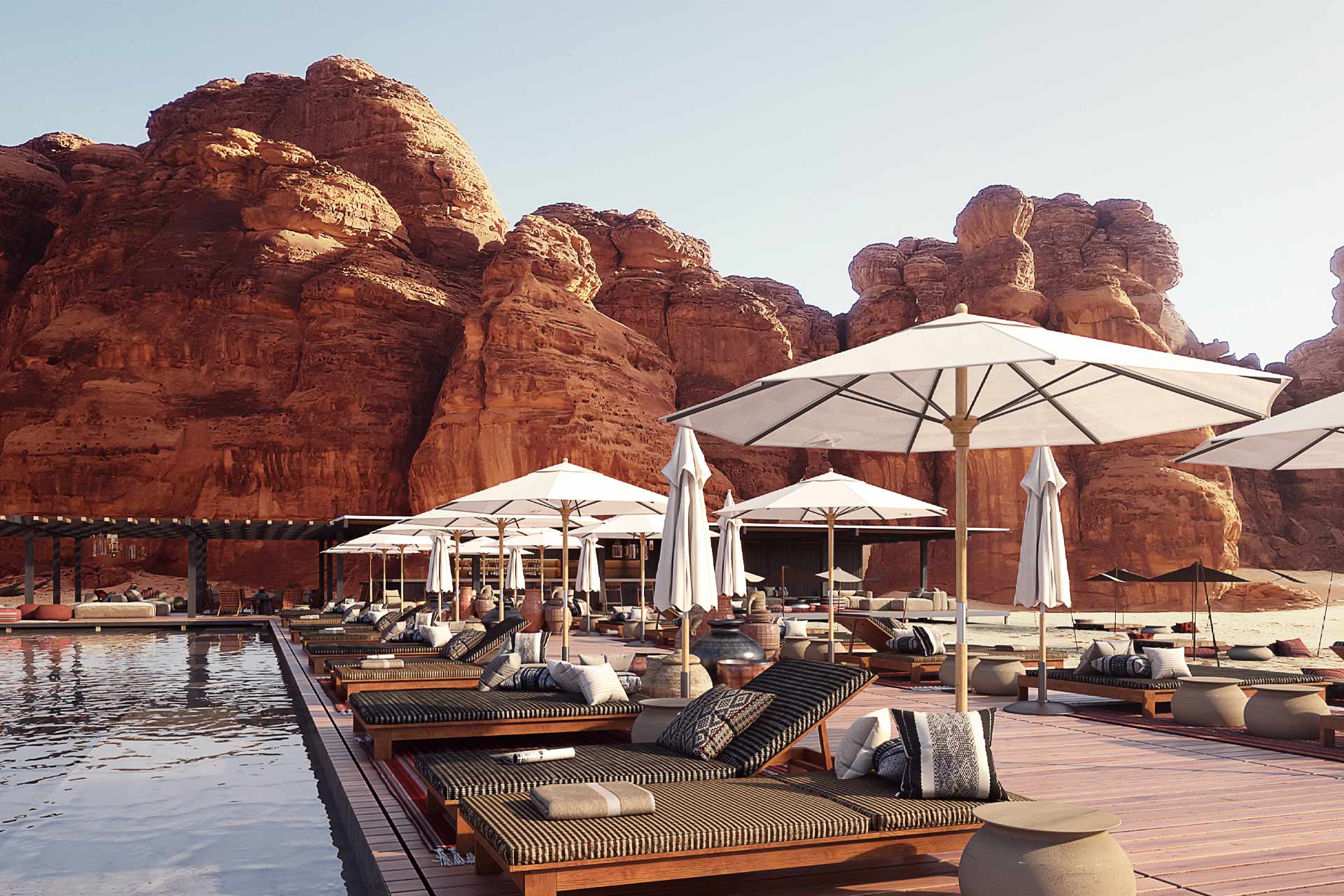
With regard to guest programming, Castillo explains his goal as “trying to create a child-like state of wonder”. Appealing as this may sound, the rationale, according to Castillo, is to rid guests of their expectations and create a sense of vulnerability that opens up many more possibilities. A brief look at the Habitas website reveals a menu of activities tailored for each location – wellness (yoga and sound meditations), adventure (cenote exploration in Tulum or survival skills with the San tribesmen), live music and sustainability. “Destinations are incredibly important for our programming, with nature being our biggest asset,” expands Castillo. Namibia sees programming around the bush and the ancestral understanding of culture and the Earth, whilst in Tulum it is more about the energy of the ocean and jungle.
Habitas also practice conscious tourism and have set up an initiative, RISE, focused on strengthening local communities and promoting social sustainability. In Namibia, they have partnered with Saira Hospitality to support communities by empowering locals through job opportunities and hospitality training.
Looking to the future, having hotels – sorry homes – in mostly warm locations allows Habitas to follow the open architectural ideals that put them in a good position despite the restrictions around the spread Covid-19. “Whilst timelines have had to adjust as a result of the pandemic, we are excited to be launching three new properties this winter,” explains Ripley of Habitas AlUla in Saudi Arabia, along with Habitas Bacalar, set on a freshwater lagoon and Habitas Todos Santos, in Baja California, both in Mexico. There are plans to open in Costa Rica and other Mexican locations later in 2021. “Our vision is to continue growing into destinations that are off the beaten track, have stunning natural surroundings and a strong sense of community and culture heritage,” enthuses Ripley, with Bhutan listed as a prospective future location.
Habitas see themselves as facilitators. An appertain quote from Larry Harvey, founder of Burning Man, sits on the Habitas website: “We make the hive. They bring the honey.” Habitas bring together its travel tribe of like-minded people in remote and beautiful locations, add the magic of artistic and cultural programming and, hey presto, you have memorable experiences. As Levy puts it: “In places like Tulum or Namibia, people are showing up as the best version of themselves. We get to experience people at their finest, so this is our opportunity to inspire them at every level.”
CREDITS
Words: Guy Dittrich
Portrait Photography: © Aleks Ol
Related Posts
20 November 2020
Meeting… Anouska Hempel
16 September 2020
Meeting… Liran Wizman
26 May 2020
